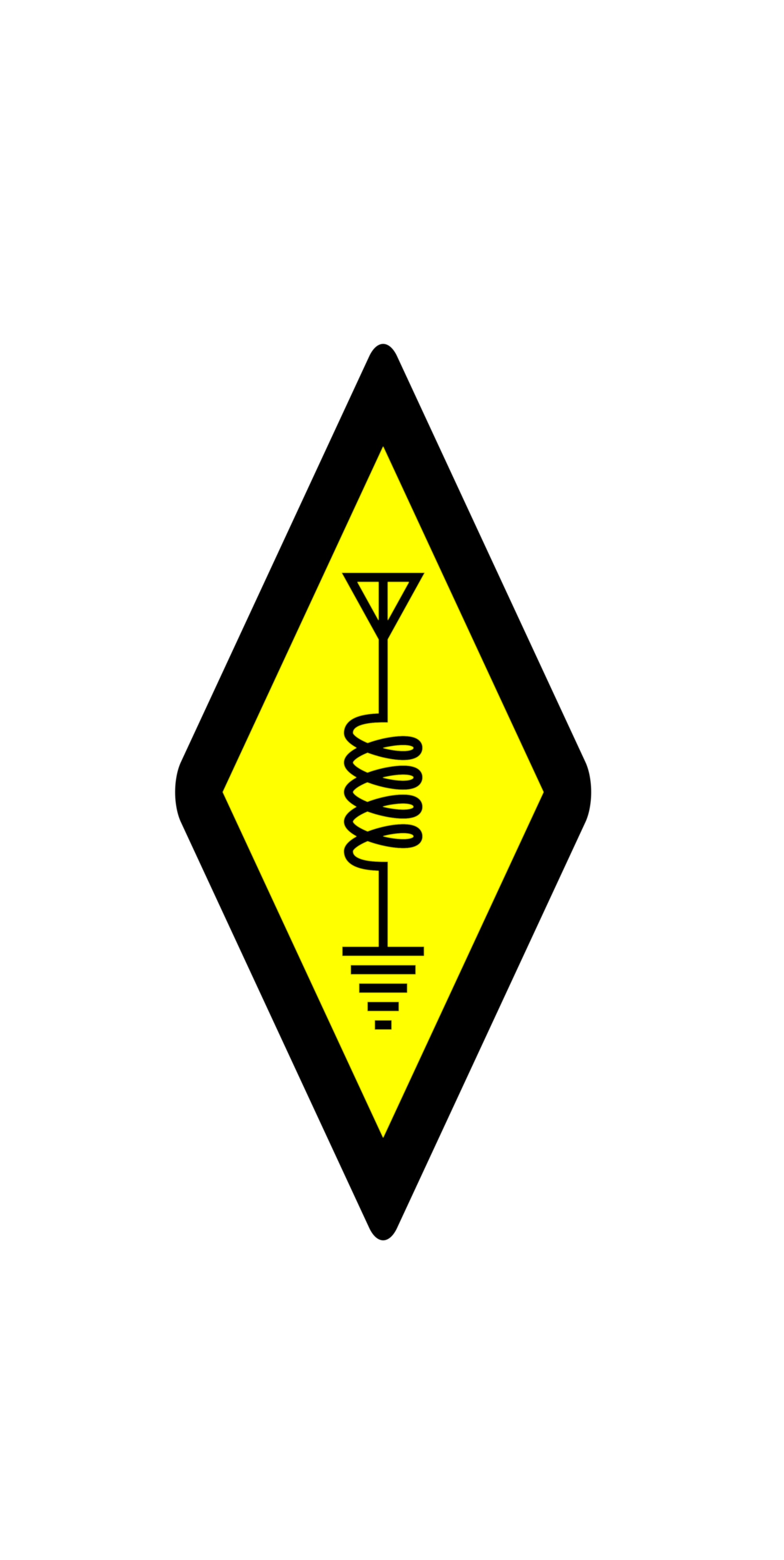The logic of using ladder line (window line technically here) is that impedance of halfwave dipole is around 70 ohm, fullwave dipole is about 5000 ohm, and if you use feedline that has impedance close to geometric mean of these two, then if full-sized dipole is used worst case SWR is about the same for both of these cases, about 15 tops, and you can use fundamental + harmonics, and even some others. In contrast if you tried to feed full-wave dipole with coax SWR would be closer to 100 which is not workable at all. This arrangement strictly requires tuner with balanced output
Impedances of ladder line make it possible to make a match in some cases just by varying length of this 400-ohm transmission line. If length of feedline is halfwave or multiple, it’ll present the same impedance to transmitter as antenna has. If it’s quarterwave, it’ll step it down (450^2/5000 = 40.5 ohm = 1.23 SWR; 300-500 ohm is practical) so both odd and even harmonics can be used even without tuner if you can vary feeder length. In fact i’ve seen someone did just that by putting lengths of ladder line spooled on something and bunch of relays to get just that effect
As there’s less plastic in ladder line than in coax, everything else equal, losses are lower, but everything else is not equal. In particular, if you have matched antenna fed by coax with low SWR, losses can be lower there than in ladderline antenna with constant SWR of 10 or more. Both are useful in some situations and both have merits. I don’t have tuner, so if I had space for 40m dipole, I’d make an OCFD for that band (makes 40m, 20m, and 15m work) and separate 10m band antenna (because it’s wide and multiband antennas aren’t likely to cover all of it). Separately, WARC bands (12m, 17m, 30m, maybe also 60m if space is available) can be covered by trap dipoles (these tend to have narrow bandwidth, but these bands are narrow too so it’s fine)
Window/ladder line is kinda hard/expensive to get (300 and 450 ohm are commercial; real impedance is somewhat lower), so you can make your own. Because it’s just wire with spacers, feeder and dipole can be made from the same stretch of wire, without soldering
Thank you for that elaborate explanation
I am still trying to figure out if i want a antenna tuner, the promise seams to be that i could use random wire antennas, ignore the length and just let the tuner get the SWR down. But how much can a tuner even compensate? For example lets say i want to listen to the 11m band and i have a 3m dipole antenna, would the tuner make sense? Or does it only make sense when the random wire is longer than half my desired wavelength?
3m dipole antenna? do you mean antenna for 6m band? or is it electrically shortened (coil at base)?
Tuners work both ways, so you can use for example 80m band on 40m band (20m long) dipole, and also opposite way. (“Random” length antennas aren’t really random length, there are some lengths to avoid) But it’s another extra box, depending on power it can get expensive and heavy, and sometimes you’d be better off leaving it near antenna - which means remote control. If you’re carrying your entire radio station with you it’s probably better to use (wire) antennas that don’t require tuner. If you need to use mechanically simple antennas (to hide them from neighbours for example) then maybe ladder line fed doublet is better for you - but OCFD is similar and tunerless. But it’s one of many options
Personally I think that tuners are a solution, but it’s an inelegant one. In some circumstances tuner can be subjected to high voltages/currents and you might have no idea, there are also losses in tuner. There are other ways to make antenna work
Keep in mind that twin pair/ladder line/window line needs distance from anything else, dielectric but especially metal, because air is dielectric, and also needs to be lightly twisted (one turn per half meter or so) so it won’t flop in wind. These are problems that don’t exist with coax. In some builds it can have different impedance depending on weather (water on surface)
TIL: alternatives to coax exist


